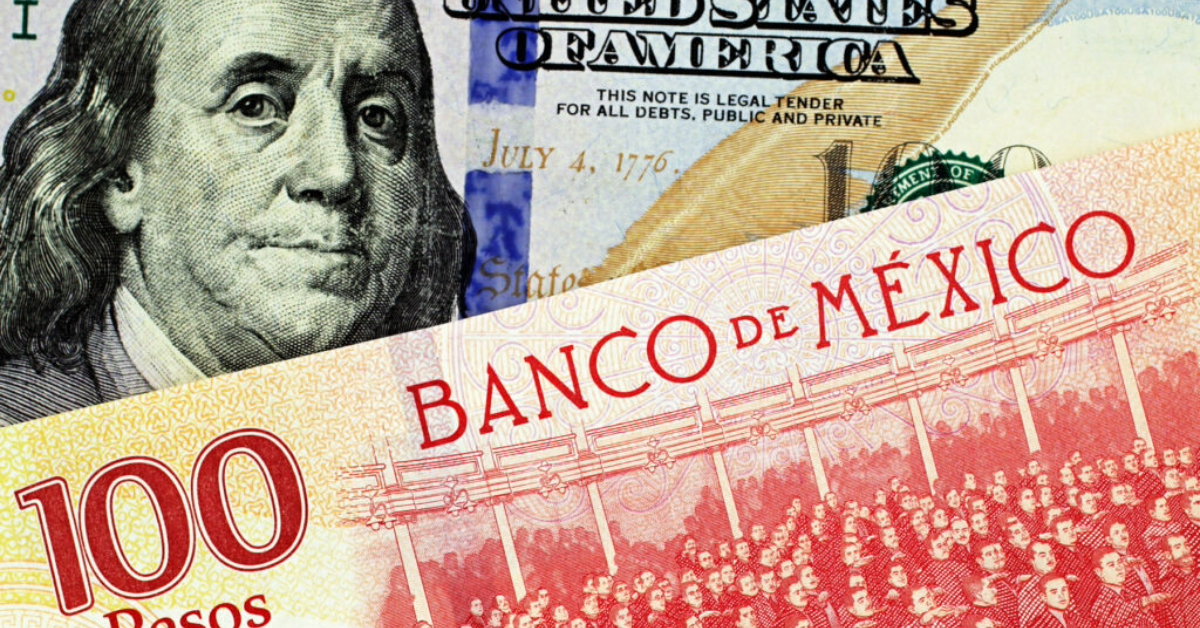The Mexican peso experienced a significant decline on Friday morning, driven by the release of a U.S. employment report that heightened worries about the economy of Mexico's largest trading partner. The peso depreciated, at times exceeding the level of 19 per dollar, reflecting the sensitivity of the Mexican economy to changes in the United States.






